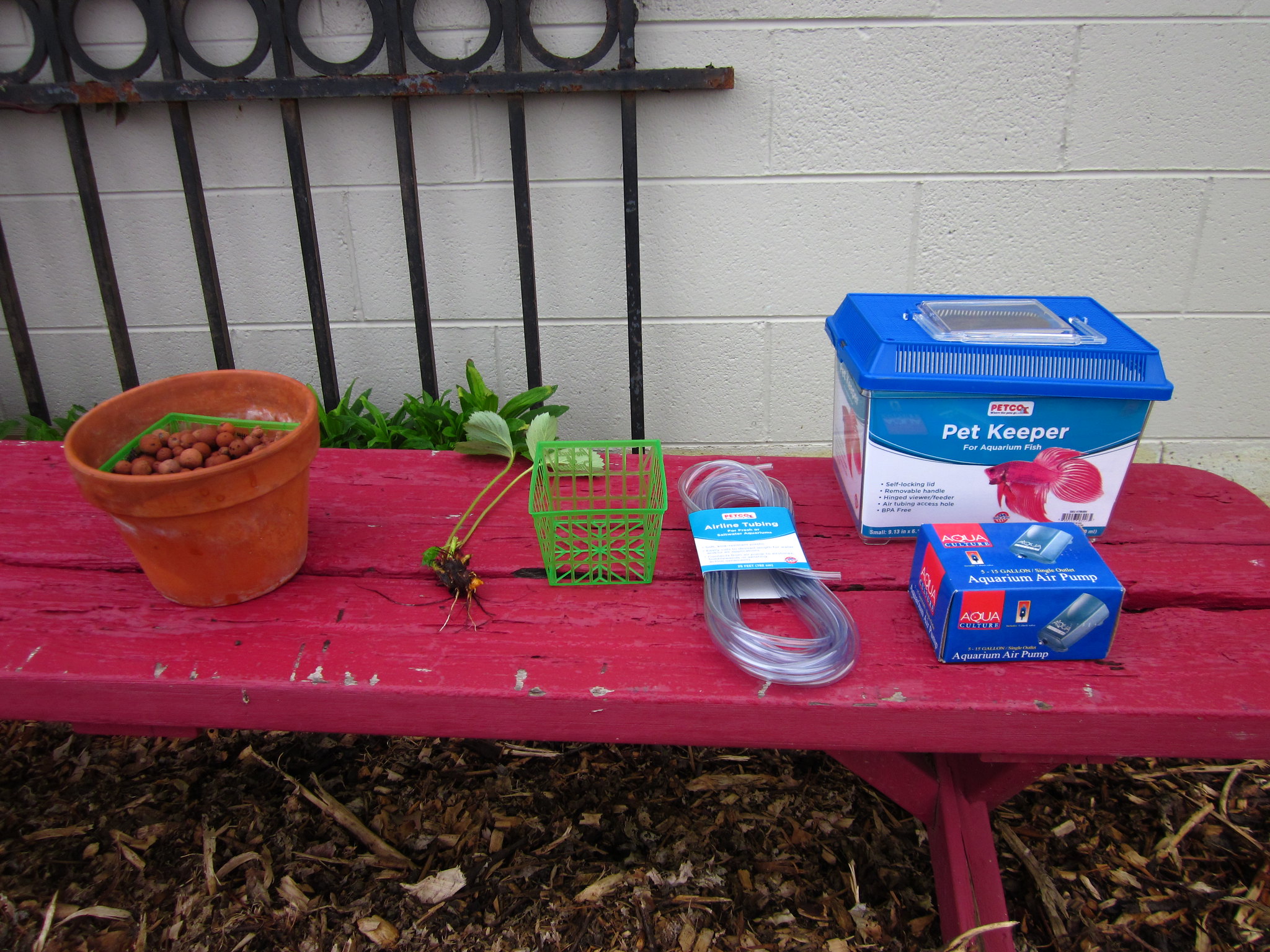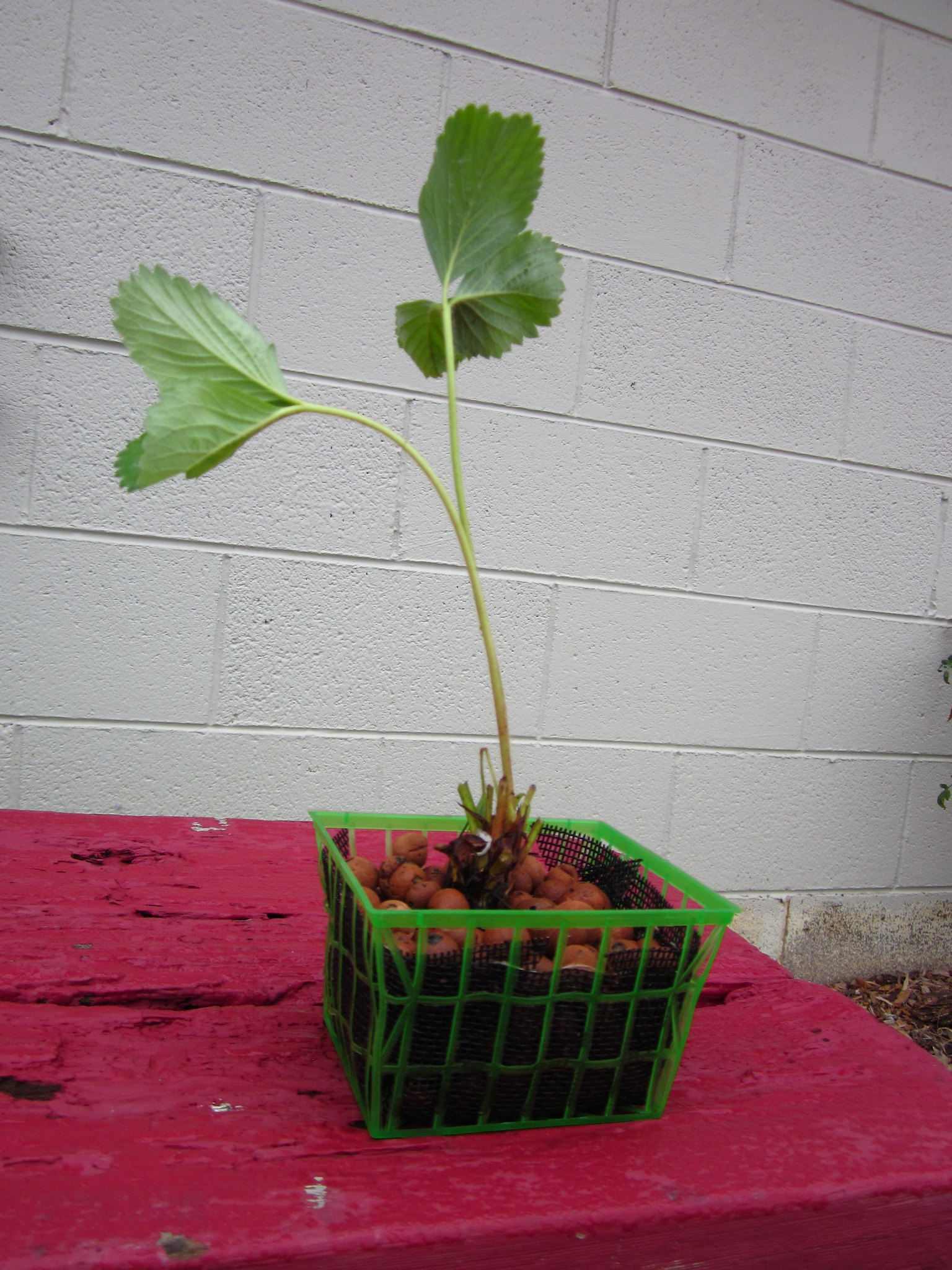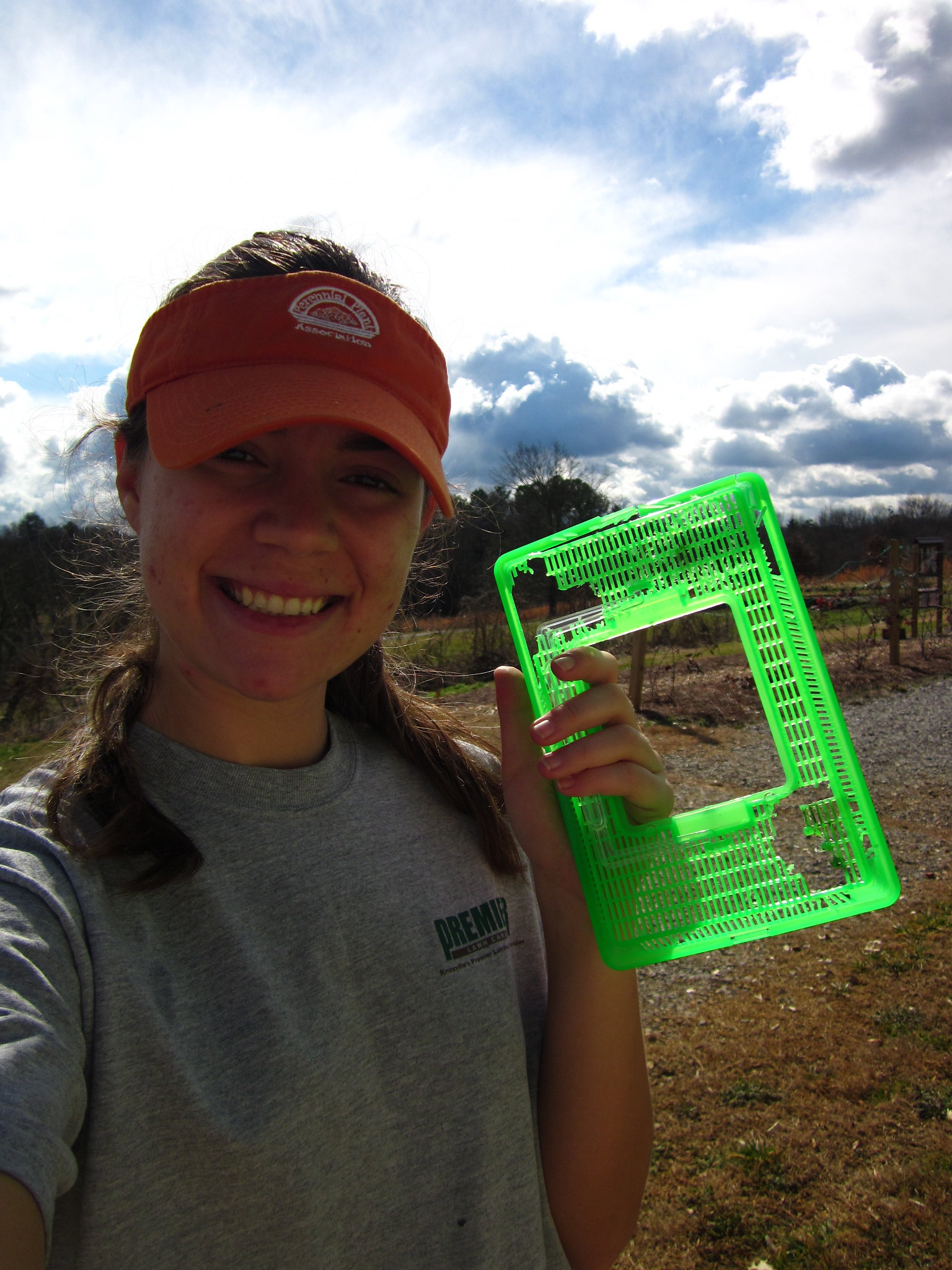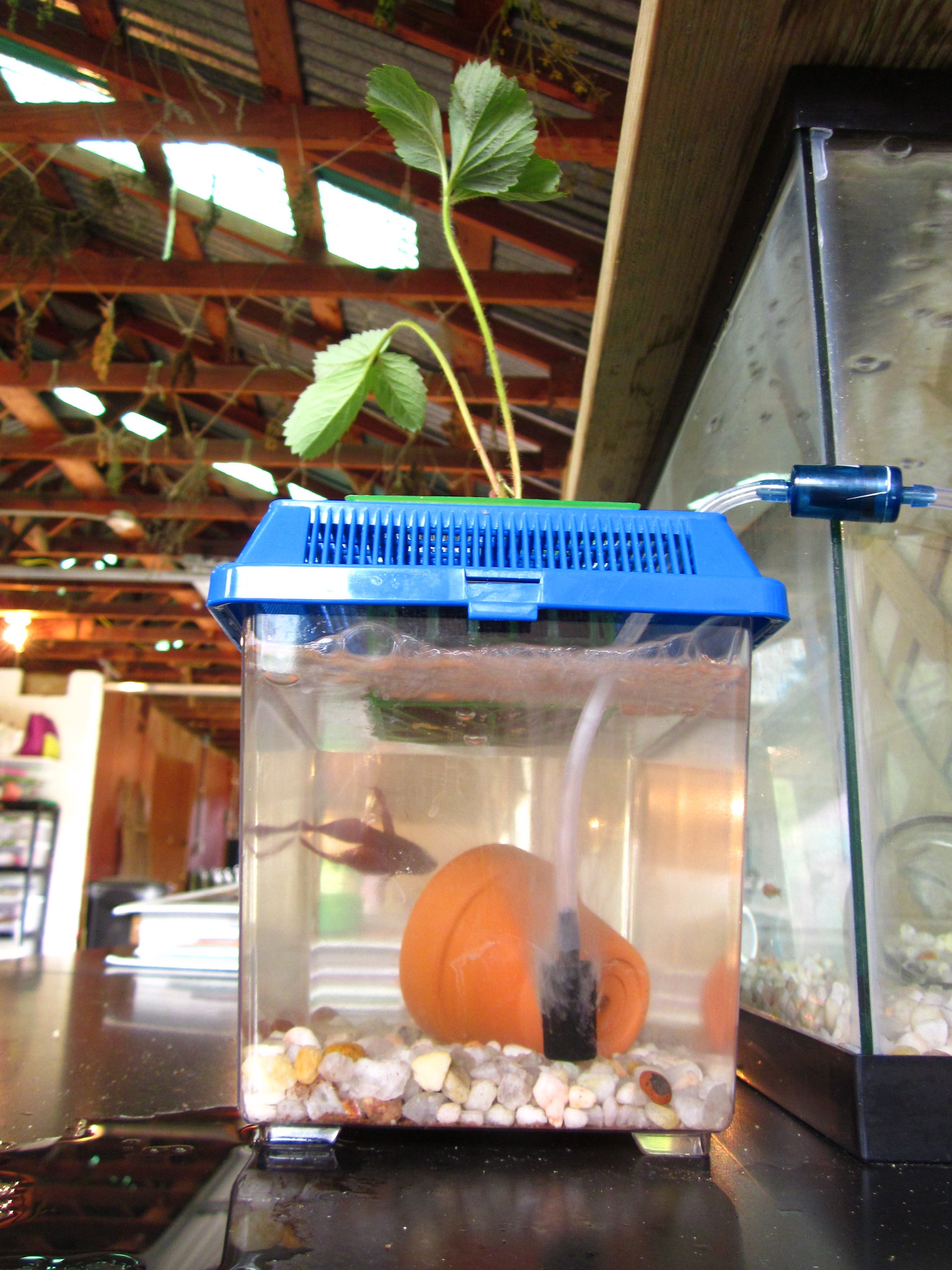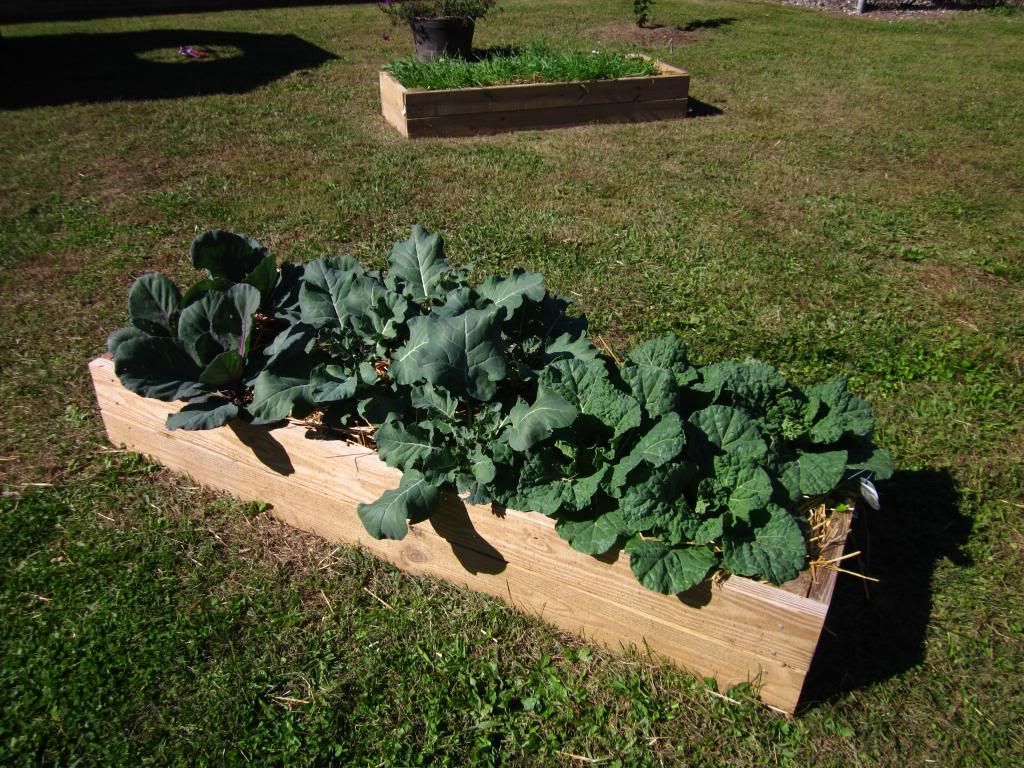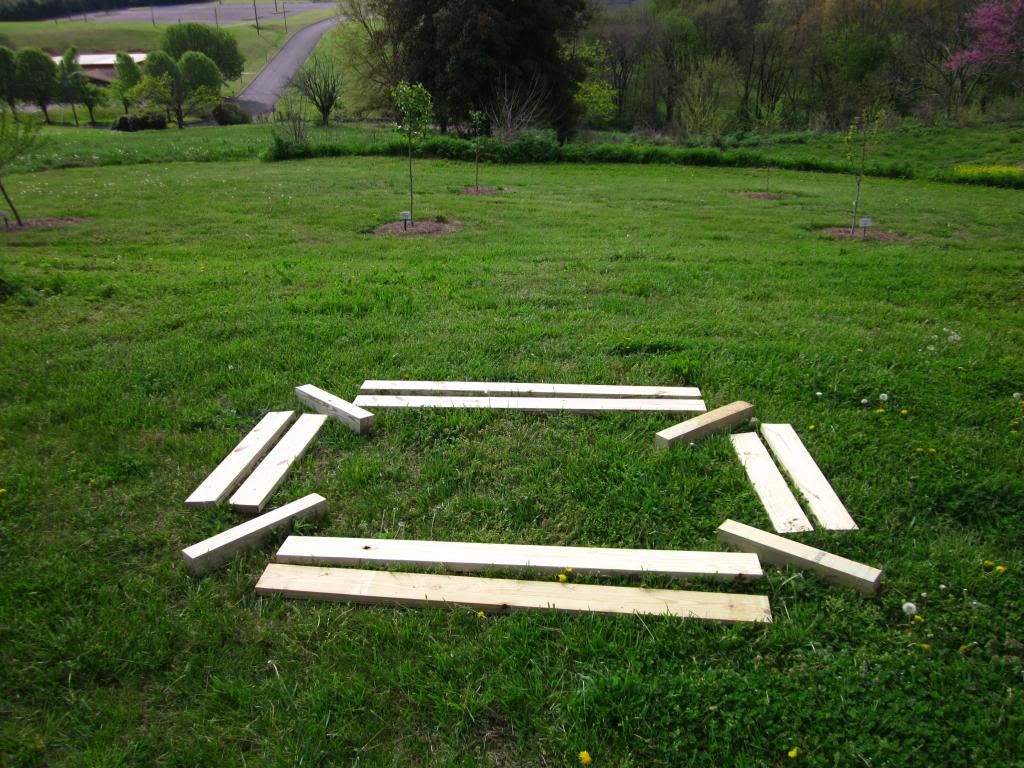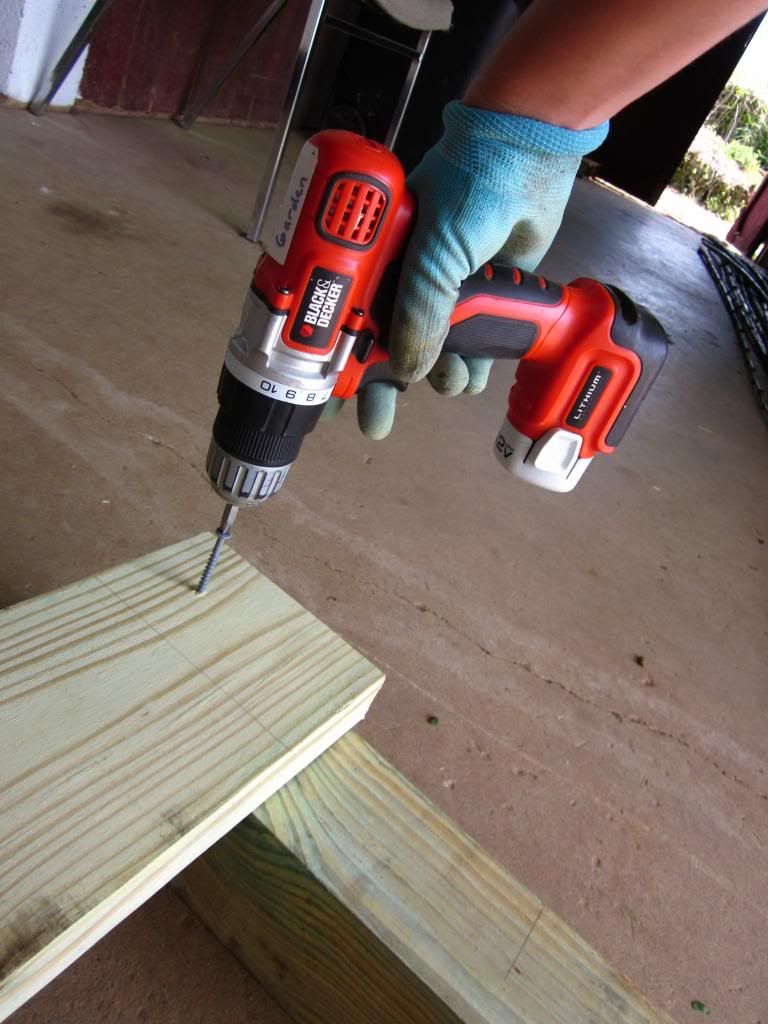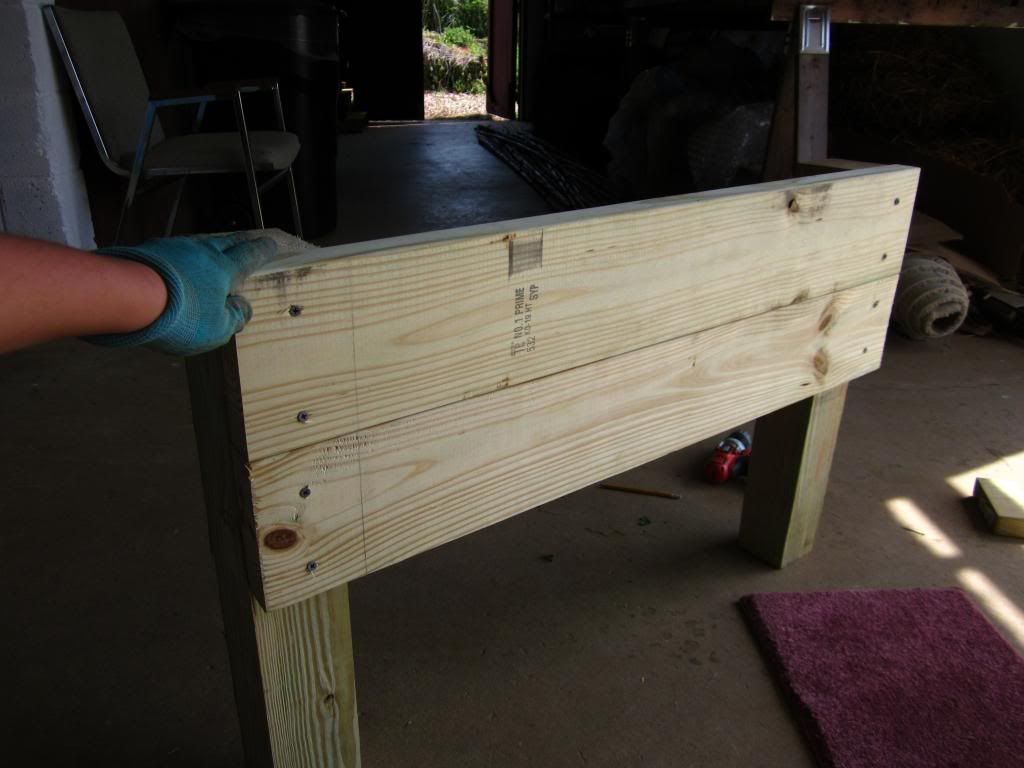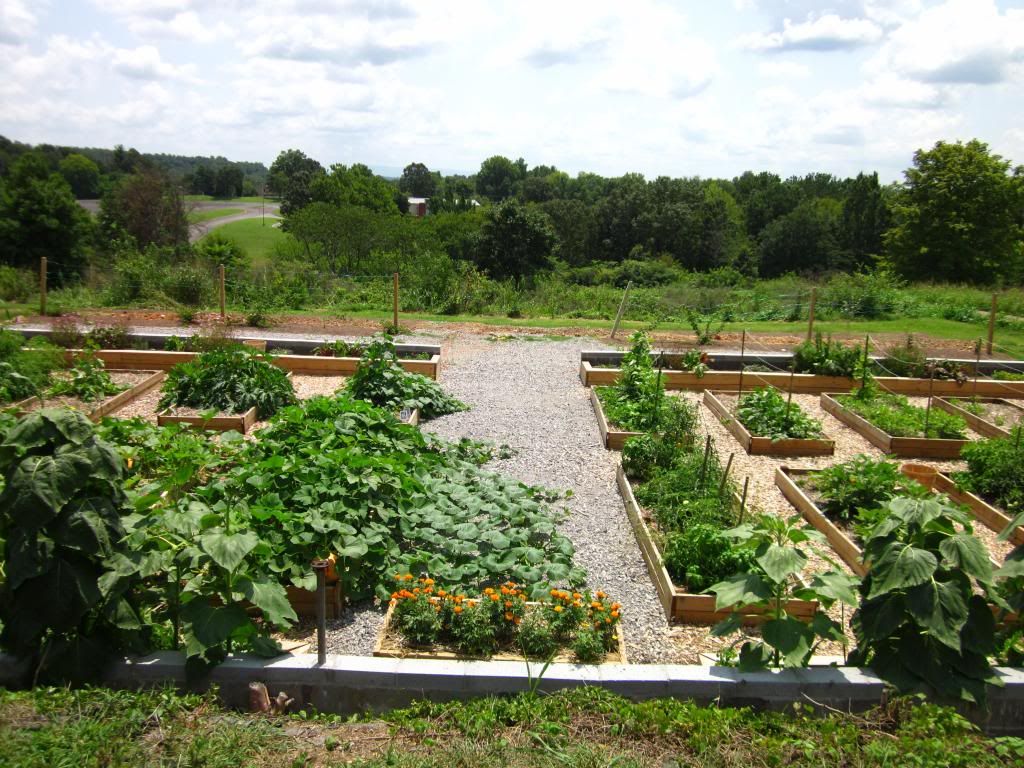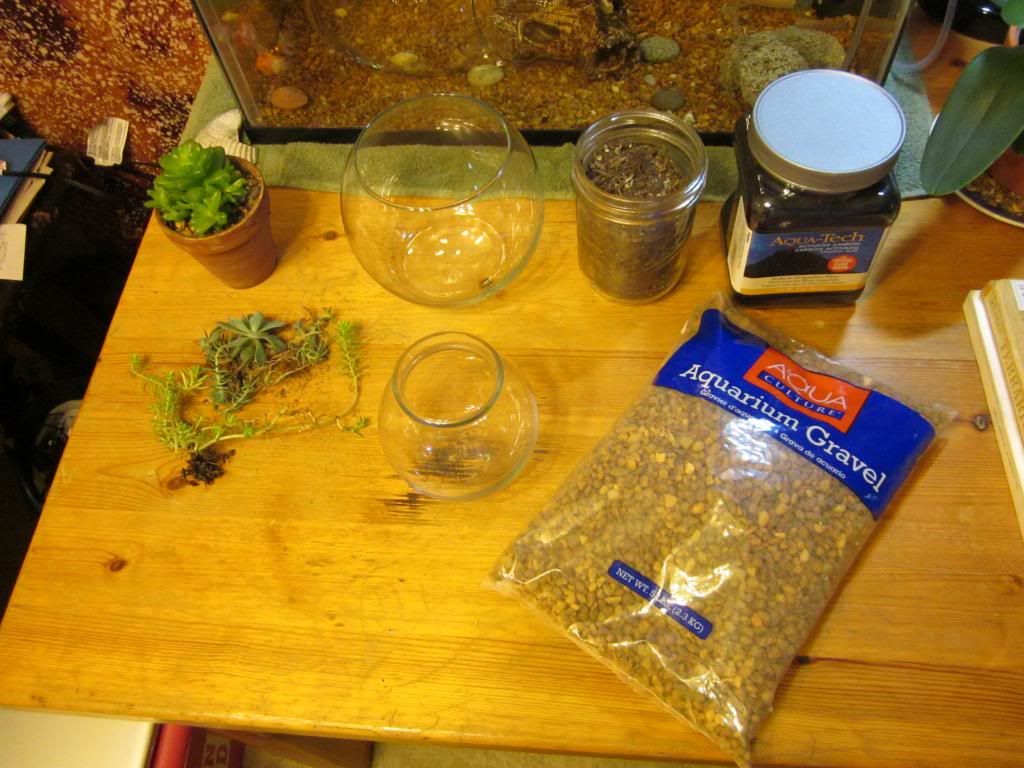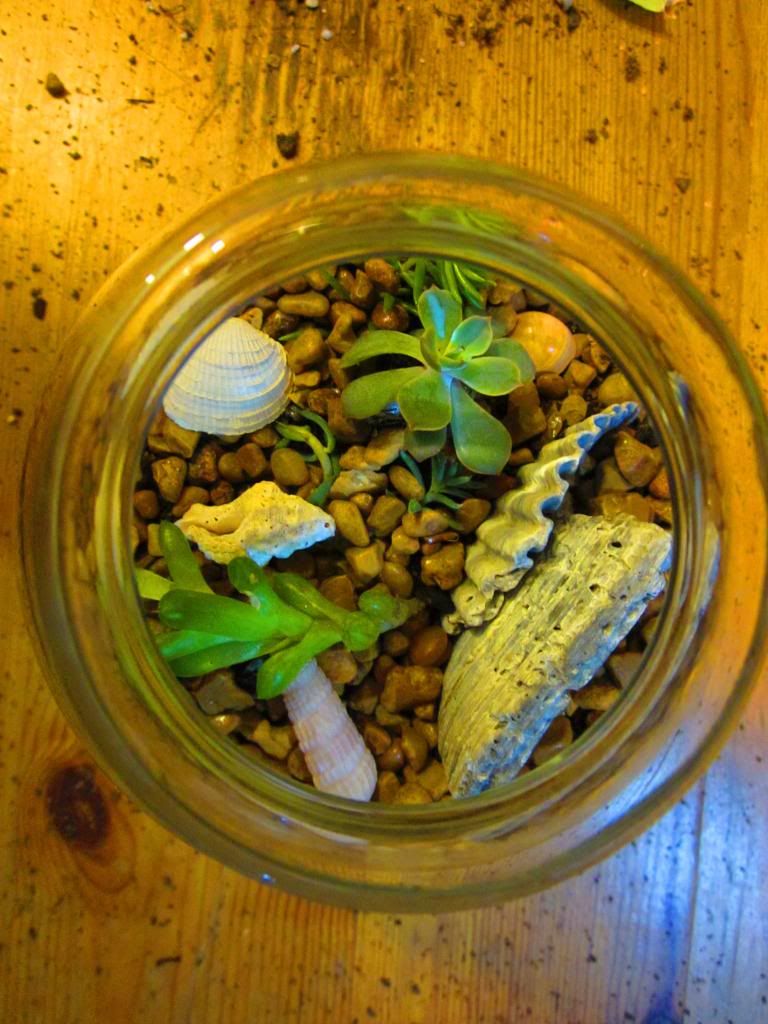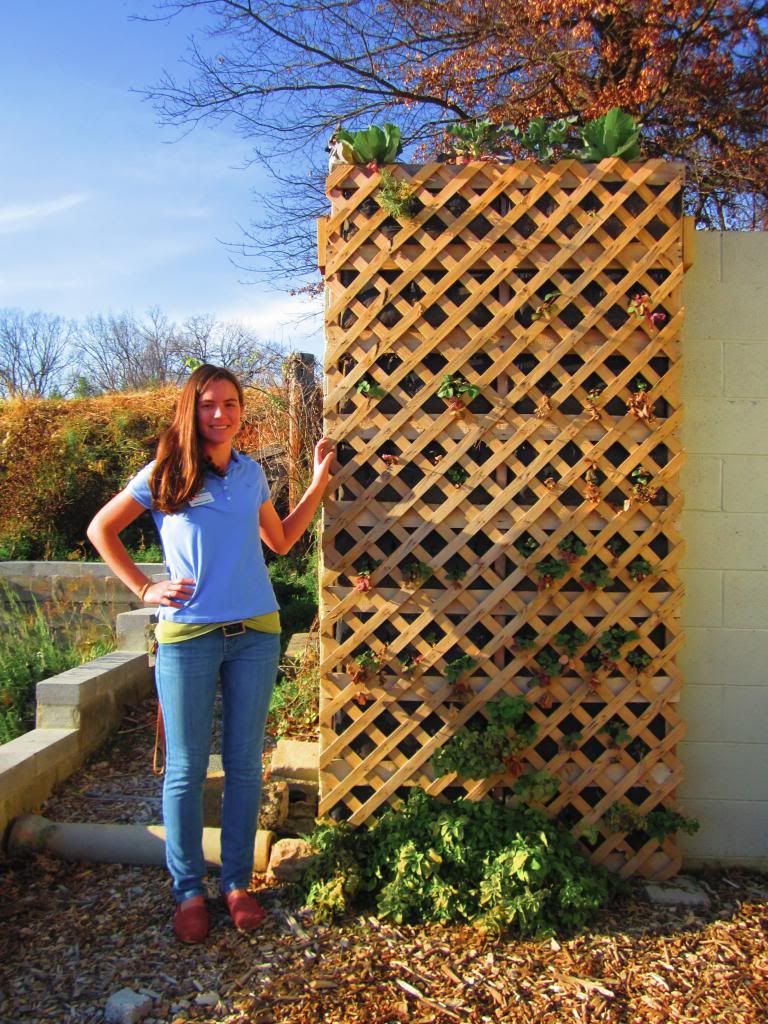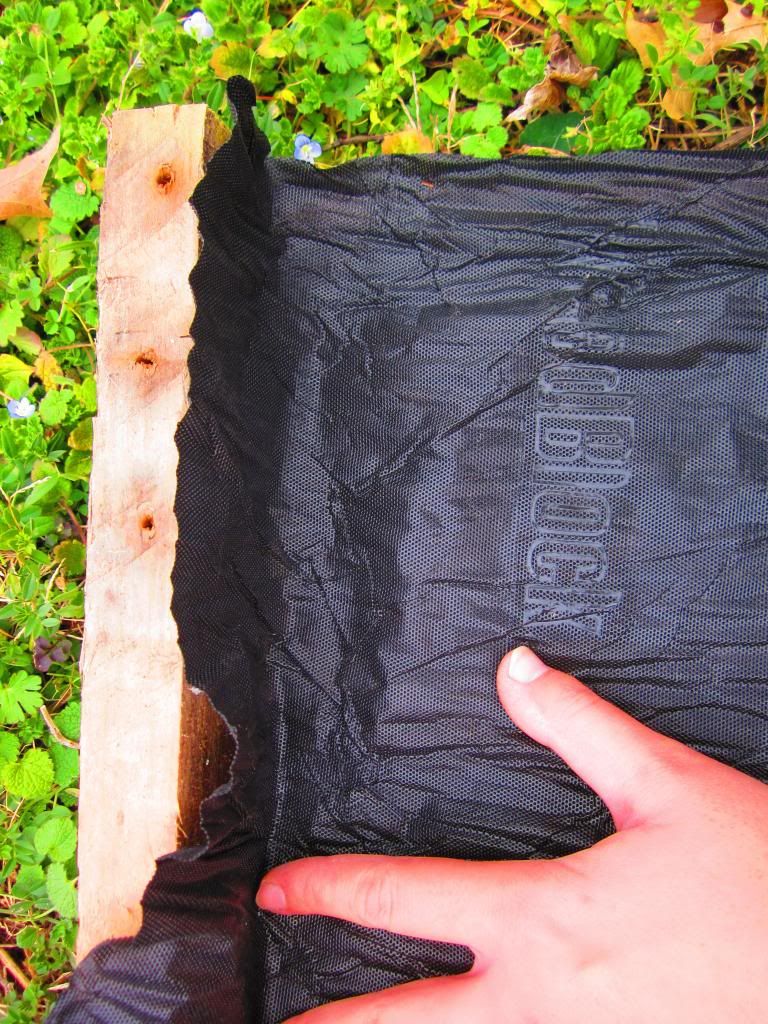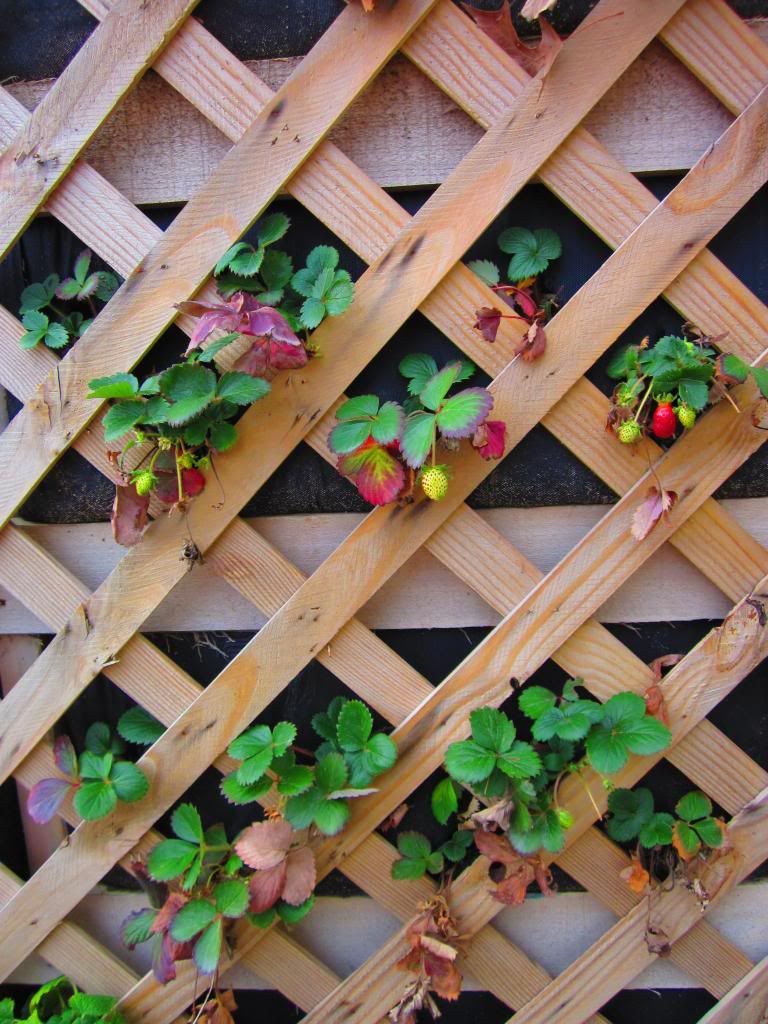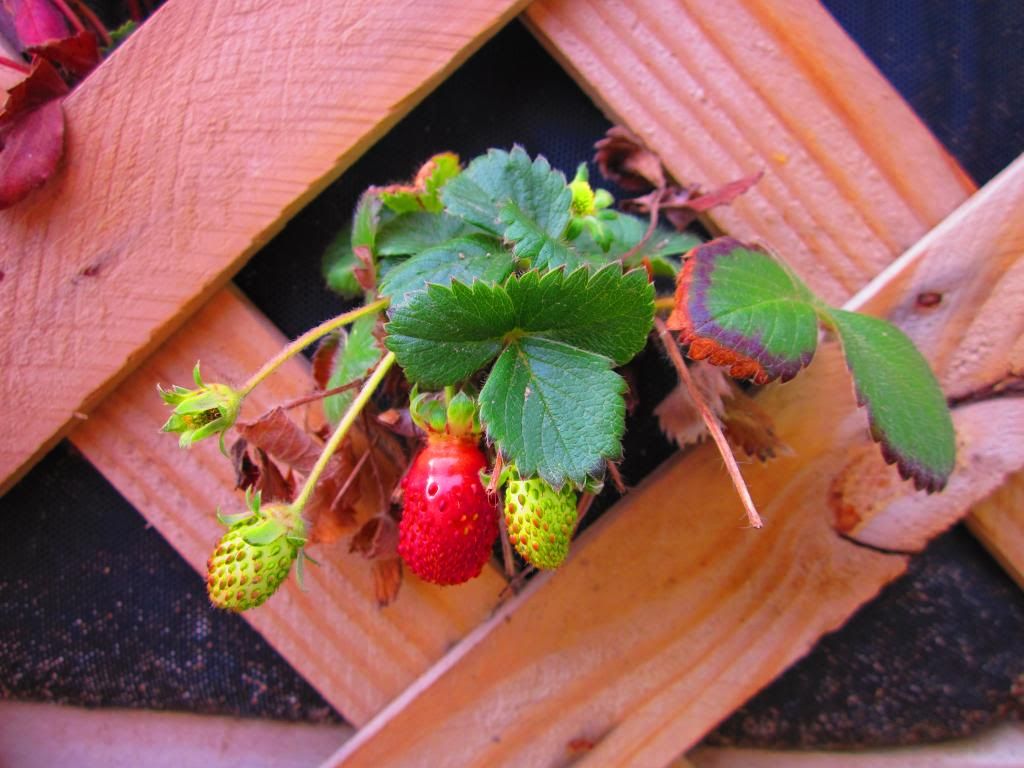Are your hand pruners rusty? Crusty? Squeaky? Blunt? Have you tried to clean and sharpen, but it's just not doing the trick? If you're anything like me, I've been doing my best to keep my hand pruners (or secateurs) clean and sharp without disassembling. I was afraid I'd lost a small part, put the pieces back in the wrong order, or just plain old break them.
Well, I'm here to tell you that it's not rocket science folks. I've seen the light, and it's time to clean your pruners. Let me show you how. Remember, there are step-by-step photos in the "Pruner Maintenance 101" album on the Plante on Plants Facebook page. It may help to follow along.
Felco bypass pruners are one of the most common types of secateurs used in the horticulture industry. That's why the images and information in this blog post will be customized for Felco users. However, if you have any Corona or Fiskars pruners that are professional grade (not covered in plastic), then this information can be adapted for you.
If you're not a Felco fanatic, don't despair. When I get home from my internship with Kew, the first thing that I'll do is use these methods to clean my Corona and Fiskars pruners. I'll try to remember to take photos and update this.
To clean your hand pruners, you'll need
Lay your secateurs on the table so that the hand lock is facing upwards. Start by removing the bolt on the right handle. That's the one that isn't attached to the lock. If you have your maintenance tool, lay the appropriate sized hole over the bolt to loosen. Remember, "lefty loosey, rigthy tighty". When loose, place the tool on its side into the top grove of the bolt to remove. Set the bolt and the small piece from beneath the bolt in a small cup or box so they won't get lost.
Next, use a small hand wrench or your Felco tool to remove the large bolt that holds the two handles together. A quarter or half turn should loosen the bolt sufficiently so you can finish unscrewing with your hands. Set the bolt, the grooved circle, and the cover aside in your cup.
Now you should be able to carefully separate the two handles. Once they are side-by-side, you can gently remove the spring that connects the handles. Set the spring aside.
Finally, remove the blade. It should be attached to the left handle that has the hand lock. Be careful as it is probably sharp.
Cleaning
Use the dry cloth to wipe off as much soil and grime as possible from all pieces of the secateurs. Apply a small amount of soapy water to the cloth and try to scrub off as much soil and grime as possible. Use the steel wool to remove all remaining grime. Wipe off one more time with the dry section cloth. Make sure there are no bits left that are wet from water. Clean tools and happy tools, so do your best to make these sparkle.
Next, grab the piece of yarn or pipe-cleaner and the spring that connected the handles. Run the yarn or pipe-cleaner though the center of the spring. Rotate the spring so the yarn rubs against the whole inside surface of the spring. That should remove the dirt that has collected inside. Repeat as many times as necessary.
Once all the pieces are clean, use a small amount of the 3-in-one oil to lubricate all moving parts and pieces that rub together. Don't forget to add a bit to the spring too. Use a corner of the dry cloth to clean off excess oil. A small amount of oil should go a long way here, so try not to overdo it.
Sharpening
By now your blade should be shining clean and ready for sharpening. You only should sharpen the side of the blade that has a beveled edge. The flat side should not be sharpened. When you identify the beveled bit, you'll be able to see that that is where you need to regain your edge.
Use the sharpening stone of your choice. Kew uses a wet stone, but I use a small inexpensive hand sharpening stone at home. With some minor differences, this process should be relatively similar despite the type of stone. You should run the beveled edge of the blade along the stone slowly and deliberately. Try to maintain a smooth edge without chinks or gaps. When the blade is sufficiently sharp, stop. If you overdo it on sharpening, then you'll need to order a new blade much sooner than you would need to otherwise.
Give the blade a final pull across the stone so the whole length of the edge is pulled along the stone. This should pick up any small shards of metal lingering on the blade.
Put the pieces back together
This step can be a bit tricky. It's almost as easy as just walking back through the earlier disassembling steps, but there are a couple spots to look out for.
As a reminder, start this process with the handle that has the lock on the left and the other handle on the right. Reconnect the handles with the spring, place the blade back on the left handle facing the correct direction, and reconnect the handles with the bolt through the back.
Place the base-plate, gear and the bolt cap over the main bolt. Make sure the lock is in the grove on the base-plate that lies below the gear. Turn the bolt cap until it is finger tight. Don't fully tighten yet, but this should be tight enough so the wrench or Felco tool only need a quarter turn to finish.
Line up the small piece from below the right handle's bolt with the hole for the bolt so that only the two left-most groves fit in with the gear. Place the bolt in the hole and make it finger tight. Use your small wrench or Felco tool to turn the large connecting bolt a quarter turn or so. The gear should pull the claw piece into place.
Take your time and do this as many times as necessary until the piece is in a spot where the pruners will function. If you're having trouble, this would be a good time to stop, wash your hands, and enjoy some milk and cookies, then come back and finish.
And... voila!
Congratulations! By this step you will have disassembled, cleaned, sharpened, and reassembled your pruners. Try them out a bit. Keep an eye out for these common mistakes:
I wish I'd had this information years ago. A little maintenance knowledge could have saved me from dully, dirty, poorly maintained tools. When your tools are clean and sharp, they last longer. When they're dull, dirty, and you don't know what to do about it, it's tempting just to buy another set. This exercise may be a bit frustrating and somewhat time consuming, but it will save money and give you a sense of pride in your tools when you're done.
Thanks for reading!
If you have any questions, comments or suggestions, please feel welcome to leave a comment or send me an email.
To see more photos from this week, be sure to check out the album "Pruner Maintenance 101" on the Plante on Plants Facebook page. "Likes", shares and comments are appreciated.
Have you ever had a maintenance activity go terribly wrong? Do you have any tips, feedback or advice? I want to know! Please share your experience by commenting.
 |
| These instructions are written for Felco bypass pruners, but you should be able to adapt for similar Fiskar or Corona bypass pruners |
Felco bypass pruners are one of the most common types of secateurs used in the horticulture industry. That's why the images and information in this blog post will be customized for Felco users. However, if you have any Corona or Fiskars pruners that are professional grade (not covered in plastic), then this information can be adapted for you.
If you're not a Felco fanatic, don't despair. When I get home from my internship with Kew, the first thing that I'll do is use these methods to clean my Corona and Fiskars pruners. I'll try to remember to take photos and update this.
To clean your hand pruners, you'll need
- Your hand pruners
- An appropriate screwdriver, or the handy Felco adjustment key that came with your pruners
- A small hand wrench, or the handy adjustment key
- A small cup or box
- A soft cloth
- Steel wool
- A small (roughly 4 inches) length of yarn or pipe-cleaner
- A soap and water mixture
- 3-in-one oil (not WD-40)
- A sharpening stone
Lay your secateurs on the table so that the hand lock is facing upwards. Start by removing the bolt on the right handle. That's the one that isn't attached to the lock. If you have your maintenance tool, lay the appropriate sized hole over the bolt to loosen. Remember, "lefty loosey, rigthy tighty". When loose, place the tool on its side into the top grove of the bolt to remove. Set the bolt and the small piece from beneath the bolt in a small cup or box so they won't get lost.
 |
| A Felco adjustment key will come in handy. If you lost yours or don't use Felcos, substitute with a small screwdriver and wrench |
Now you should be able to carefully separate the two handles. Once they are side-by-side, you can gently remove the spring that connects the handles. Set the spring aside.
Finally, remove the blade. It should be attached to the left handle that has the hand lock. Be careful as it is probably sharp.
Cleaning
Use the dry cloth to wipe off as much soil and grime as possible from all pieces of the secateurs. Apply a small amount of soapy water to the cloth and try to scrub off as much soil and grime as possible. Use the steel wool to remove all remaining grime. Wipe off one more time with the dry section cloth. Make sure there are no bits left that are wet from water. Clean tools and happy tools, so do your best to make these sparkle.
 |
| Follow the steps outlined in this section to clean your pruners |
Once all the pieces are clean, use a small amount of the 3-in-one oil to lubricate all moving parts and pieces that rub together. Don't forget to add a bit to the spring too. Use a corner of the dry cloth to clean off excess oil. A small amount of oil should go a long way here, so try not to overdo it.
Sharpening
By now your blade should be shining clean and ready for sharpening. You only should sharpen the side of the blade that has a beveled edge. The flat side should not be sharpened. When you identify the beveled bit, you'll be able to see that that is where you need to regain your edge.
 |
| Only sharpen along the beveled edge |
Give the blade a final pull across the stone so the whole length of the edge is pulled along the stone. This should pick up any small shards of metal lingering on the blade.
Put the pieces back together
This step can be a bit tricky. It's almost as easy as just walking back through the earlier disassembling steps, but there are a couple spots to look out for.
As a reminder, start this process with the handle that has the lock on the left and the other handle on the right. Reconnect the handles with the spring, place the blade back on the left handle facing the correct direction, and reconnect the handles with the bolt through the back.
 |
| Before finishing tightening the main bolt, place the left two spokes of the lower claw in the gear piece. If none of that made any sense, check out the Facebook album for more. |
Line up the small piece from below the right handle's bolt with the hole for the bolt so that only the two left-most groves fit in with the gear. Place the bolt in the hole and make it finger tight. Use your small wrench or Felco tool to turn the large connecting bolt a quarter turn or so. The gear should pull the claw piece into place.
Take your time and do this as many times as necessary until the piece is in a spot where the pruners will function. If you're having trouble, this would be a good time to stop, wash your hands, and enjoy some milk and cookies, then come back and finish.
And... voila!
Congratulations! By this step you will have disassembled, cleaned, sharpened, and reassembled your pruners. Try them out a bit. Keep an eye out for these common mistakes:
- Forgot to oil!
- The main bolt is too loose so the handles wiggle
- The main bolt is too tight so the pruners don't move easily
- The lock isn't lined up in the right place and the pruners won't lock shut
- The claw isn't in place with the gear
I wish I'd had this information years ago. A little maintenance knowledge could have saved me from dully, dirty, poorly maintained tools. When your tools are clean and sharp, they last longer. When they're dull, dirty, and you don't know what to do about it, it's tempting just to buy another set. This exercise may be a bit frustrating and somewhat time consuming, but it will save money and give you a sense of pride in your tools when you're done.
Thanks for reading!
If you have any questions, comments or suggestions, please feel welcome to leave a comment or send me an email.
To see more photos from this week, be sure to check out the album "Pruner Maintenance 101" on the Plante on Plants Facebook page. "Likes", shares and comments are appreciated.
Have you ever had a maintenance activity go terribly wrong? Do you have any tips, feedback or advice? I want to know! Please share your experience by commenting.








